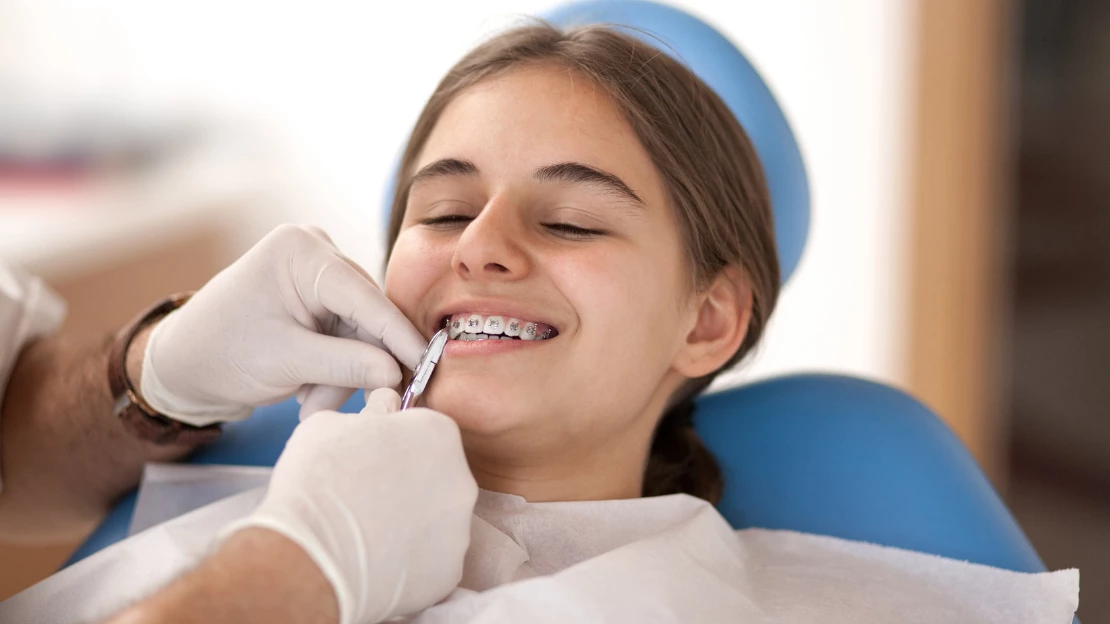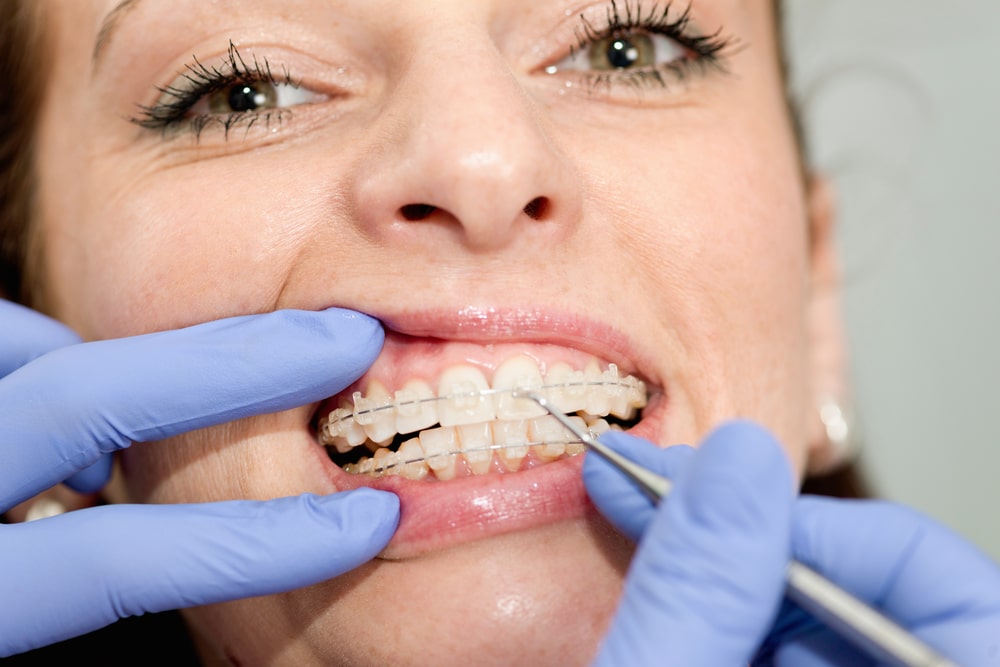Unknown Facts About Legacy Orthodontics
Unknown Facts About Legacy Orthodontics
Blog Article
Legacy Orthodontics - Truths
Table of ContentsLegacy Orthodontics for DummiesExcitement About Legacy Orthodontics6 Easy Facts About Legacy Orthodontics ExplainedThings about Legacy OrthodonticsWhat Does Legacy Orthodontics Do?
In addition, we offer adjustable therapy timetables, adaptable settlement options and a fun, enjoyable experience.An orthodontist is a dental expert trained to detect, avoid, and deal with teeth and jaw abnormalities. They fix existing conditions and are trained to determine troubles that might create in the future. Orthodontists collaborate with people of any ages, from kids to adults. People commonly connect an excellent smile with health.
Malocclusion, or misaligned teeth, can cause dental concerns, including tooth degeneration, gum disease, and tough or uncomfortable chewing. Not everyone is born with straight teeth. If you have a poor bite or huge spaces between your teeth, you might intend to seek advice from a dental practitioner specializing in orthodontic care.
Legacy Orthodontics - Truths
( Image Debt: DigitalVision/Getty Images) Orthodontists utilize taken care of and detachable dental gadgets, like braces, retainers, and bands, to change the setting of teeth in your mouth. Orthodontic treatment is for oral abnormalities, consisting of: Crooked teethBite issues, like an overbite or an underbiteCrowded teeth or teeth that are also far apartJaw misalignmentThe goal of orthodontic treatment is to improve your bite.
A healthy and balanced bite ensures you can consume, chew, and speak correctly. While you might consider orthodontists as primarily for children or teens that require braces, they can deal with oral troubles at any type of age. Orthodontists participate in university, oral college, and orthodontic school. After graduation, they invest 2 or 3 years in an orthodontic residency program.
, yet not all dental professionals are orthodontists. They concentrate on two areas: How to appropriately and securely relocate teeth Exactly how to appropriately assist development in the teeth, jaw, and faceOnce an orthodontist has actually completed training, they have the choice to become board accredited.
Rumored Buzz on Legacy Orthodontics
Imbalance, or malocclusion, is the most common reason people see an orthodontist. It is hereditary and is the outcome of size distinctions in between the upper and reduced jaw or between the jaw and teeth. Malocclusion causes tooth overcrowding, an askew jaw, or uneven bite patterns. Malocclusion is usually treated with: Your orthodontist affixes metal, ceramic, or plastic square bonds to your teeth.
Some people require a headgear to help relocate teeth right into line with stress from outside the mouth. A retainer is a custom-made device that keeps your teeth in location.
They're usually utilized on youngsters. They can create extra space in the mouth without needing to pull teeth. If you have a severe underbite or overbite, you could need orthognathic surgical procedure (also called orthodontic surgery) to lengthen or reduce your jaw. Orthodontists make use of wires, surgical screws, or plates to support your jaw bone.
You might need to see an orthodontist if you have: Crowding or otherwise sufficient space for every one of your teethOverbite, when your upper teeth come over your base teethUnderbite, when your base teeth are too far forwardSpacing or concerns with gapsCrossbite, which is when your upper teeth fit behind your base teeth when your mouth is closedOpen bite or an upright gap between your front base and upper teethMisplaced midline, when the center of your base and top teeth do not align Remedying an oral malocclusion can: Make attacking, chewing, and speaking easierImprove the proportion of our face and your overall appearanceEase discomfort from temporomandibular joint conditionsSeparate your teeth and make them simpler to clean, helping stop tooth decay or tooth cavities It's usually a dental practitioner who first notices misaligned teeth during a routine exam.
Things about Legacy Orthodontics

Throughout your very first orthodontic examination, you'll likely have: A dental examPhotos taken of your face and smileDental X-raysPanoramic (360 degree) X-rays of your face and headImpressions to develop mold and mildews of your teethThese examinations will certainly aid your orthodontist know just how to wage your treatment. leesburg braces. An orthodontist is a dental practitioner who's had training to treat your teeth and jaw
Orthodontists may perform surgical procedure, exams,X-rays,and even more to assist you obtain an extra comfortable, healthier smile. An orthodontist is concentrated on your bite, so something like a damaged tooth would be dealt with by a dentist. Orthodontists are dental professionals but not all dental experts are orthodontists. Orthodontists are concentrated on your bite, or the method your teeth fit together, and the straightness of your teeth.
Ever before questioned just how celebs constantly appear to have completely aligned teeth? Orthodontists are oral professionals navigate to this site who concentrate on remedying abnormalities in the teeth and jaws.
What Does Legacy Orthodontics Mean?

While braces are the most frequently acknowledged orthodontic therapy, orthodontists have a diverse toolkit at their disposal. The certain method chosen relies on the seriousness of the instance, the person's age, and private choices. These tried-and-true dental braces utilize a system of brackets bonded to the teeth and connected by wires.
Clear aligners, like Invisalign, are a popular alternative for individuals seeking a more very discreet treatment choice. These removable trays are customized to progressively shift the teeth's position. Headgear may be utilized in conjunction with dental braces or aligners to use added targeted pressures, especially for remedying jaw discrepancies. In instances of narrow jaws, palatal expanders can be used to develop room for correct tooth positioning.
Report this page